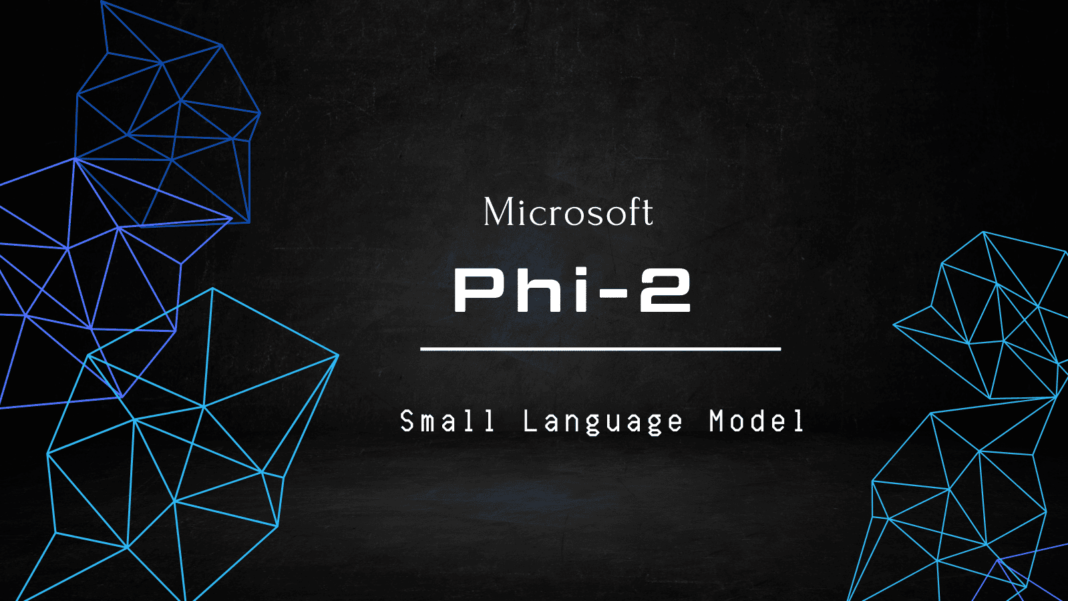
Introduction
In the ever-evolving landscape of artificial intelligence, Microsoft has recently introduced Phi-2, a groundbreaking small language model (SLM) that promises to redefine the way we interact with AI. With a mere 2.7 billion parameters, Phi-2 is making waves as an upgraded version of its predecessor, Phi-1.5.
In this blog post, we’ll delve into what Phi-2 is, explore its myriad benefits, and understand why it might just be the tool you need for various tasks.
Table of Contents
What is Phi-2?
Phi-2 is a generative AI model rooted in the transformative power of the widely acclaimed Transformer architecture. Designed to handle both natural language and code generation, Phi-2 sets itself apart by its training on an extensive and diverse corpus of text and code.
This broad exposure equips Phi-2 with the ability to adapt to various domains and genres. Moreover, fine-tuning specific datasets enhances its prowess in tasks such as common sense reasoning, math multi-step reasoning, and coding.
Phi-2, the successor to Phi-1, has come a long way since its release in September 2023. The model has demonstrated impressive performance on benchmarks like HumanEval and MBPP, showcasing its coding proficiency in Python.
Following the success of Phi-1, Microsoft Research unveiled Phi-1.5 in November 2023, emphasizing enhancements in common-sense reasoning and language understanding. Now, Phi-2 emerges as the next step in this evolutionary journey.
Benefits of Phi-2
Phi-2 boasts several advantages over larger language models (LLMs), including:
Efficiency: With a smaller size and faster processing speed, Phi-2 stands out as an environmentally friendly and cost-effective alternative. Its ability to run on a single GPU streamlines deployment and usage.
Performance: Surpassing larger models like Google’s Gemini Nano 2 and Llama-2 on standard benchmarks, the Phi-2 achieves state-of-the-art results in language, math multi-step reasoning, and coding tests. Its prowess extends to natural language inference, sentiment analysis, and text summarization.
Exploration: Researchers find in Phi-2 a versatile playground to experiment with various facets of language models, from interoperability and safety to fine-tuning. The model facilitates exploration into new domains and tasks, including creative writing, dialogue generation, and knowledge extraction.
Why choose Phi-2?
Phi-2 emerges as a powerful and versatile tool, offering assistance in various tasks and applications:
Writing: Boost your writing efficiency and quality with Phi-2, generating high-caliber texts on any topic. Whether crafting blog posts, essays, reports, or creative pieces, Phi-2 provides valuable feedback and suggestions.
Coding: Streamline your coding process by leveraging Phi-2’s ability to generate and complete Python code snippets. From simple to complex programs, Phi-2 assists in coding, debugging, and optimization.
Learning: Expand your knowledge base with Phi-2, which generates and answers questions on diverse subjects. Use Phi-2 for learning about science, history, geography, and more, or test your understanding with quizzes and challenges.
Accessing Phi-2
Phi-2 is readily available through the Azure AI Studio model catalogue, where you can explore its capabilities for free. Additionally, you have the option to download the model for offline use or integrate it seamlessly into your own applications and platforms.
Conclusion
In conclusion, Microsoft’s Phi-2 emerges as a game-changer in the realm of small language models, offering a potent combination of efficiency, performance, and exploration. Whether you’re a writer, coder, or a knowledge enthusiast, Phi-2 stands ready to elevate your experience with AI. Visit the Microsoft Research blog for in-depth insights and examples of Phi-2’s capabilities, and embark on a journey of discovery with this remarkable small language model. Thank you for joining us on this exploration of Phi-2—Microsoft’s latest stride in the world of artificial intelligence! 😊



